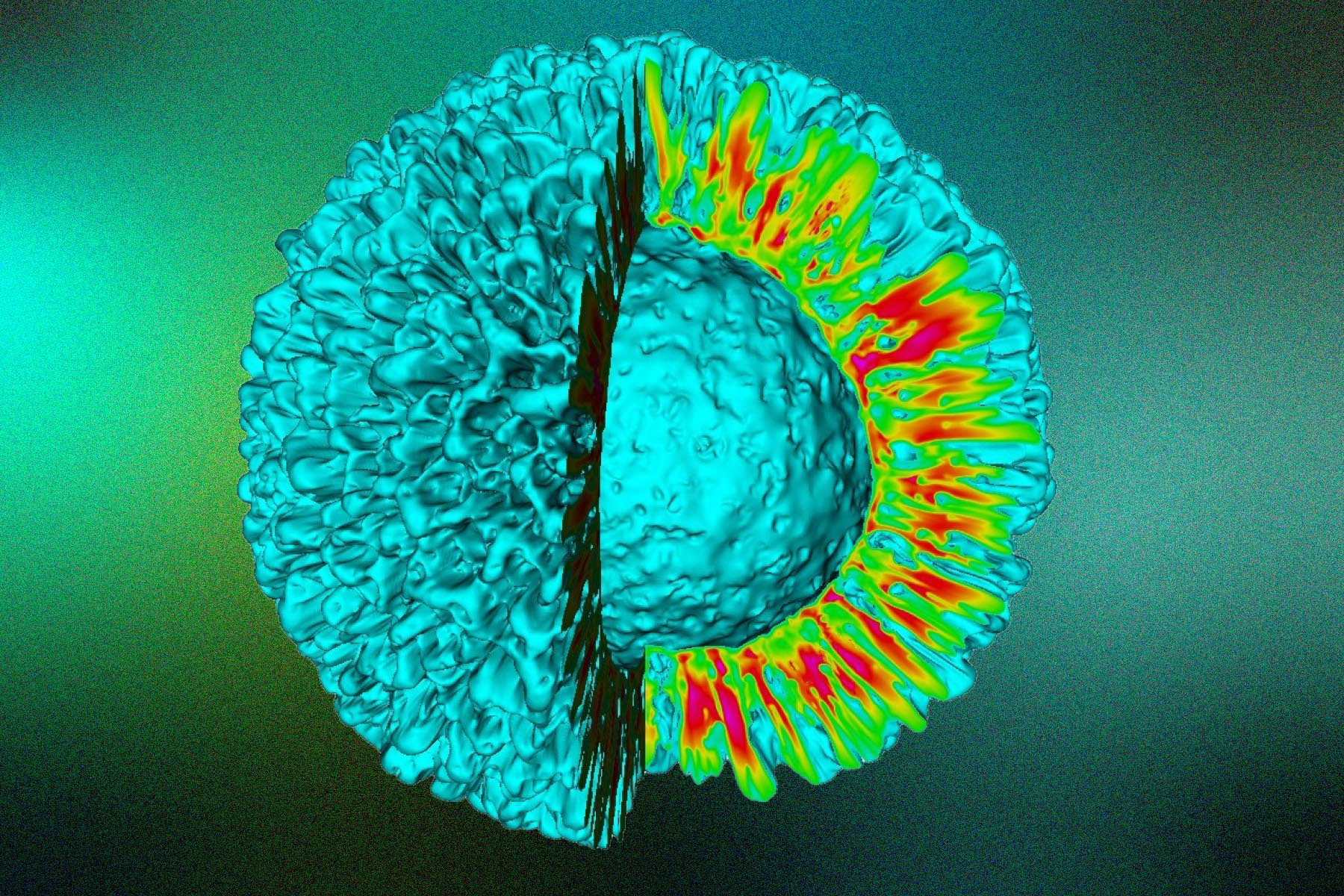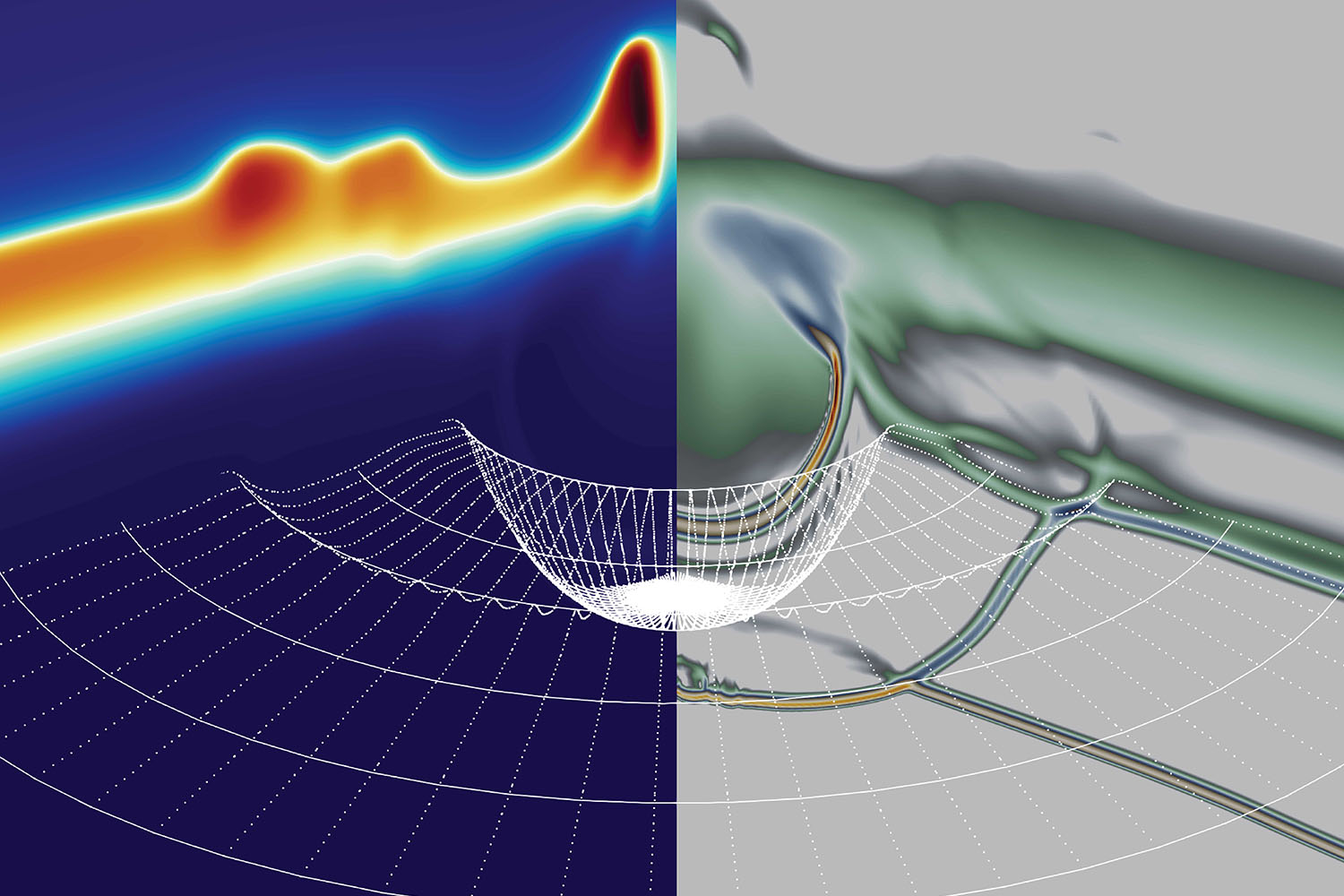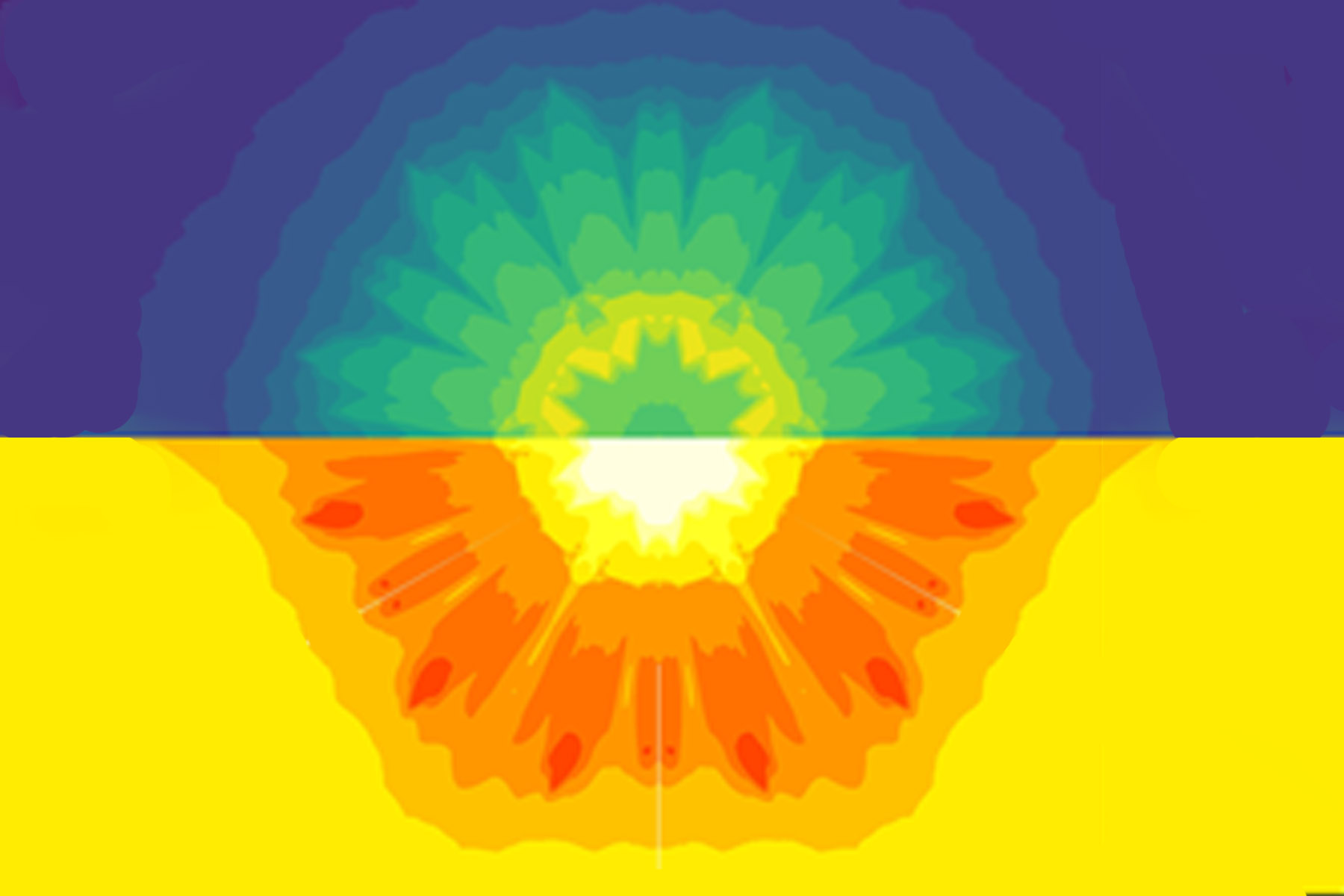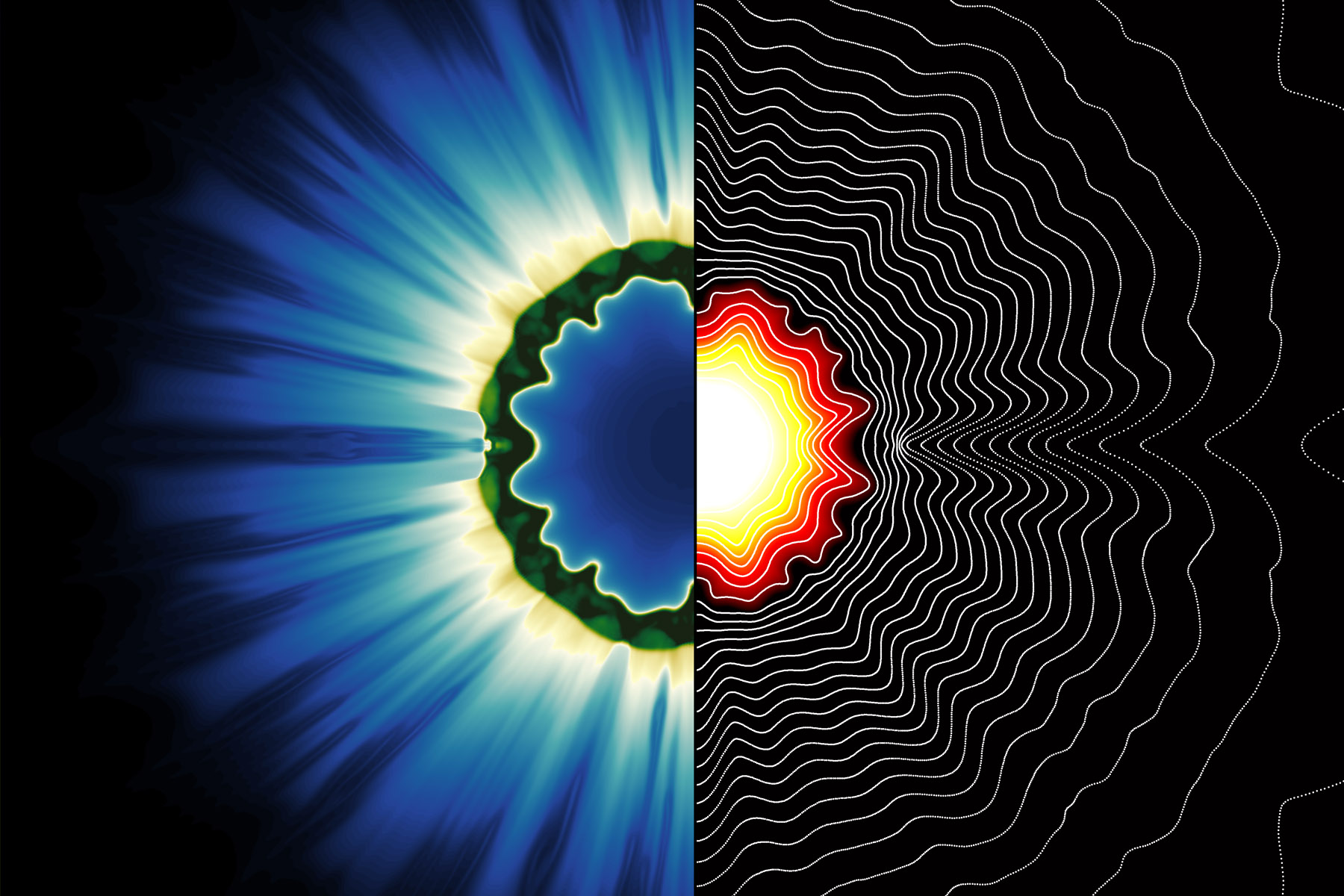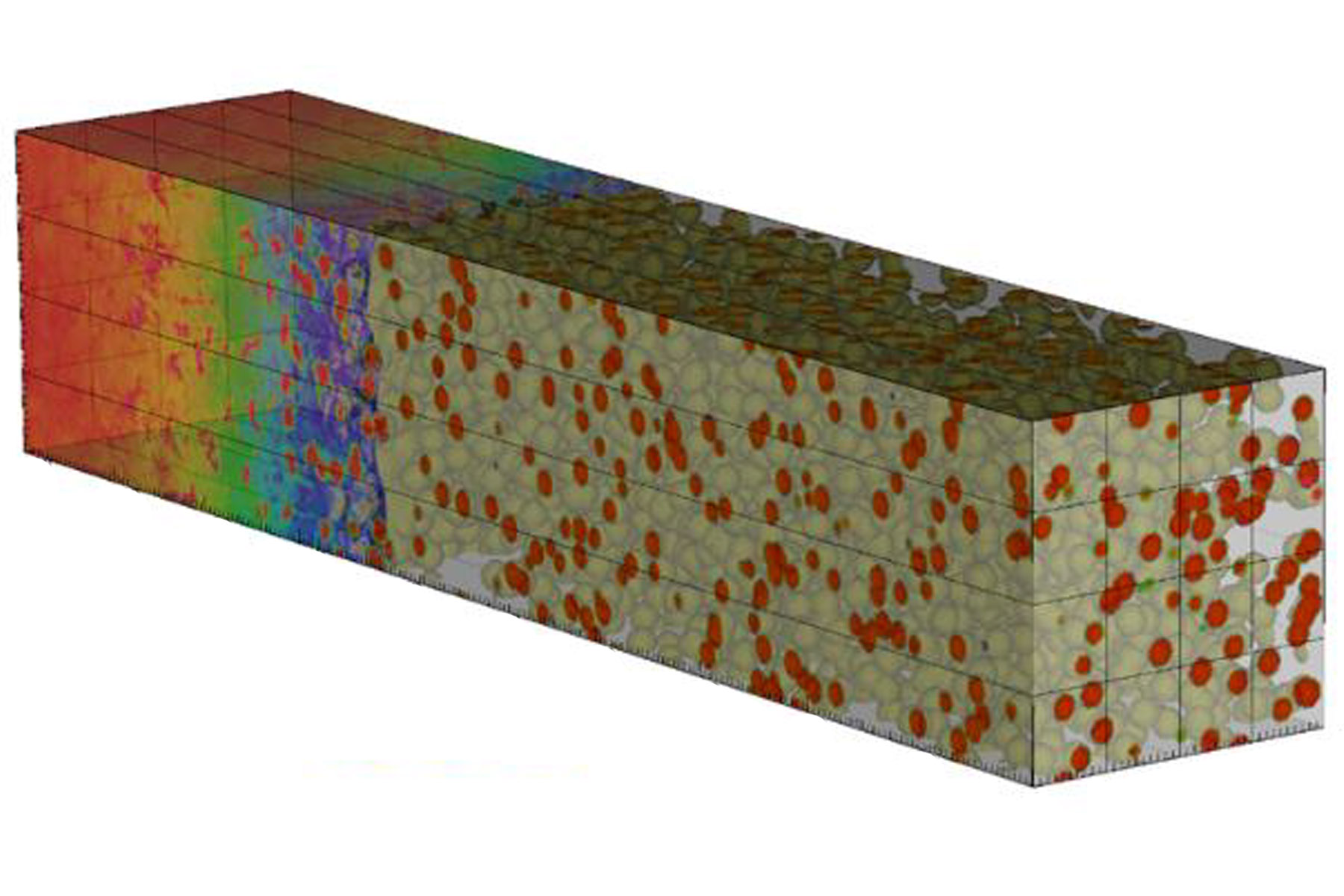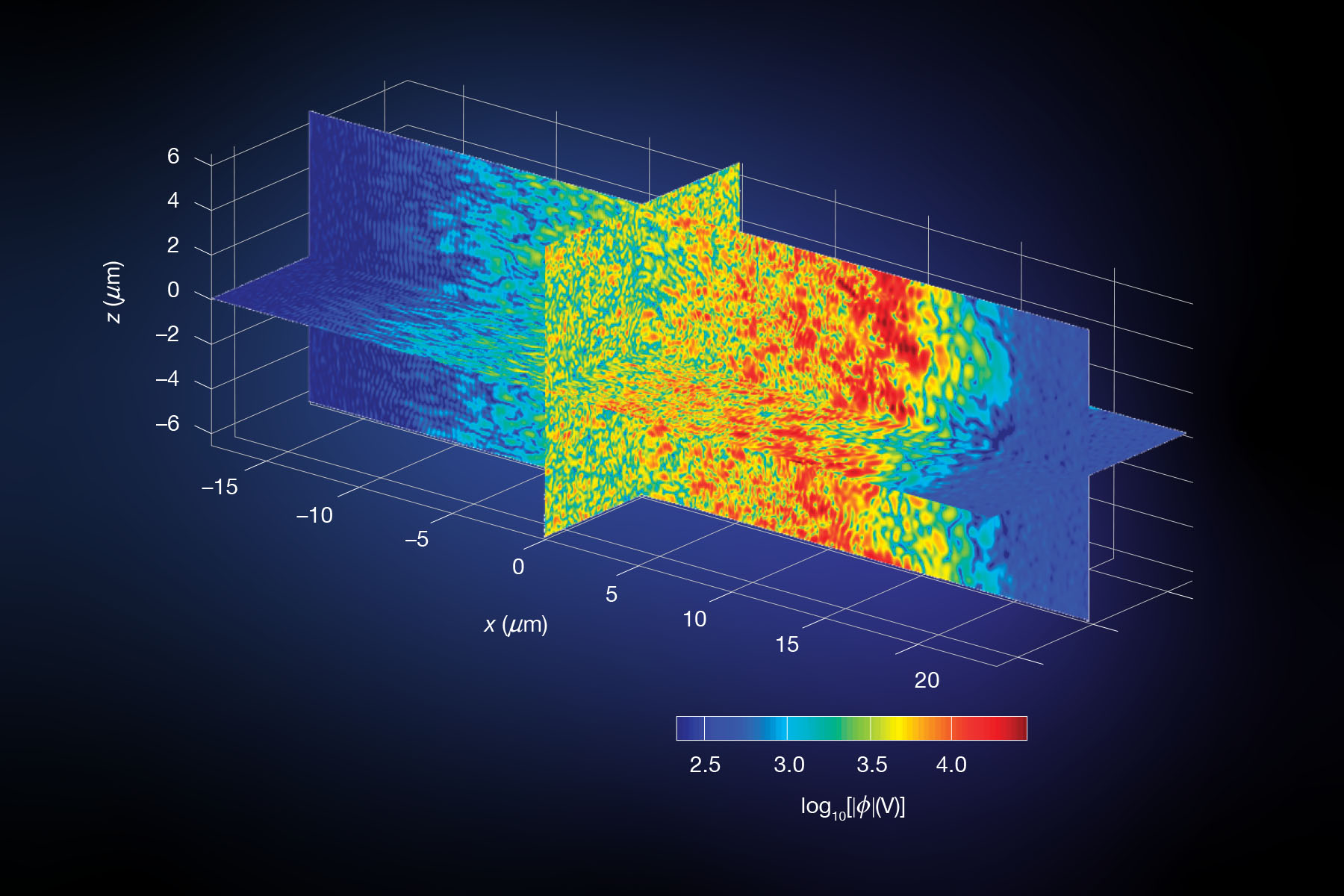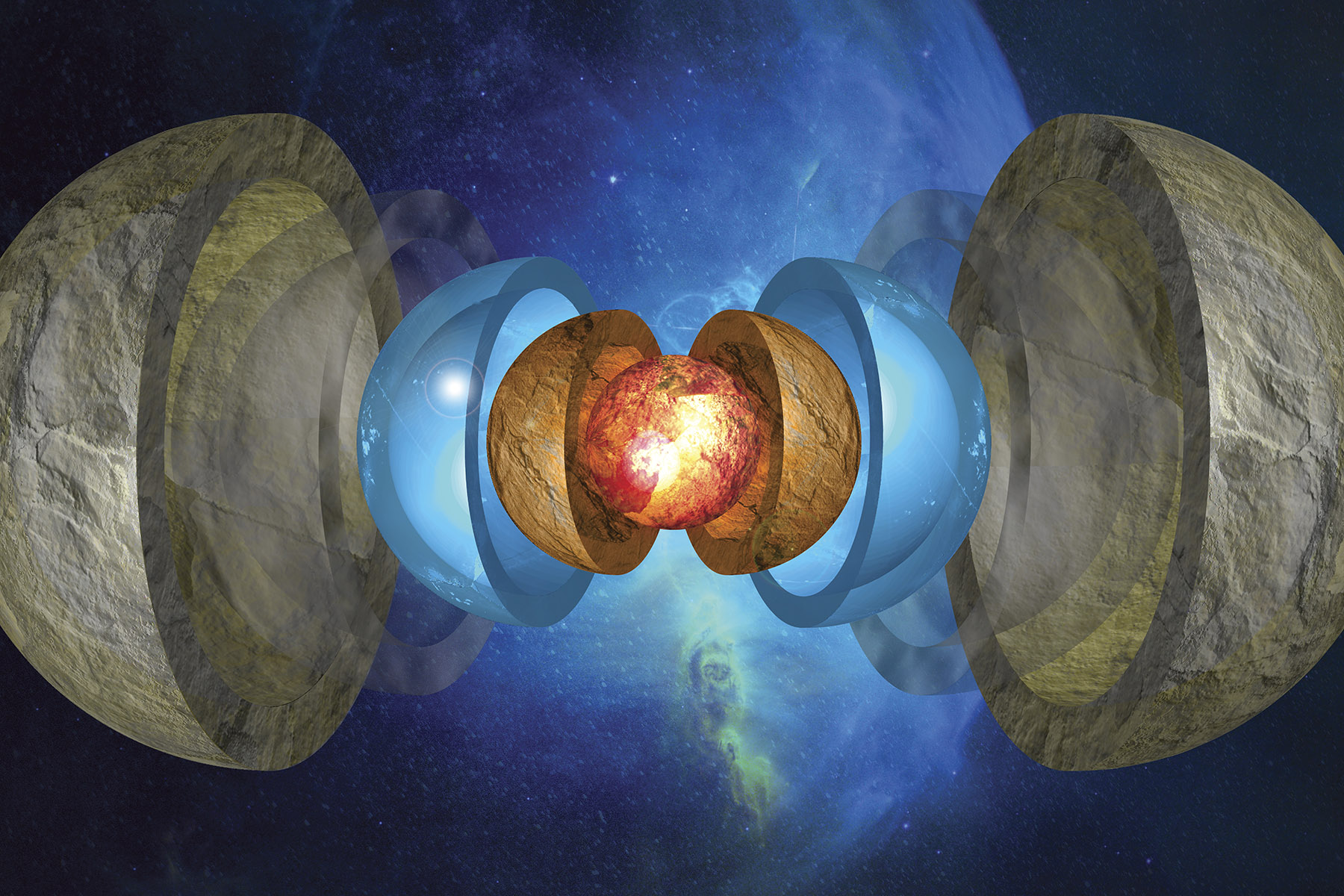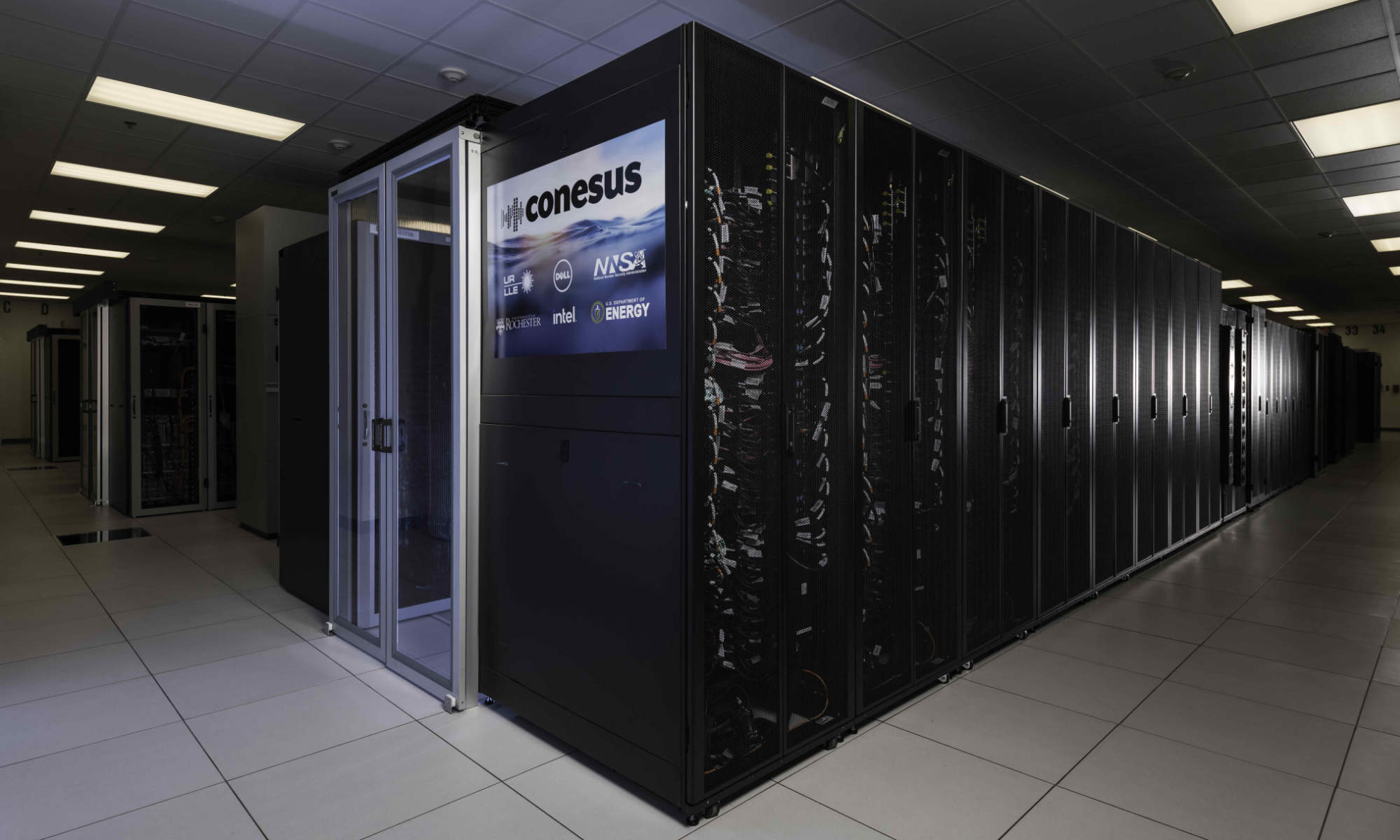Advanced Computational Modeling for ICF
LLE is a world leader in multiphysics modeling for direct-drive ICF. ICF implosions, like a supernova explosion, are rich in physics, combining thermonuclear fusion processes, radiation, thermal conduction, and laser-plasma coupling with complex material properties.
Working in 1D, 2D, and 3D we are continually improving codes to model our experiments. Some current development projects include the addition of a broad-band laser capability in draco (2D); improved laser-coupling modeling in LLNL’s code hydra (1D through 3D) in collaboration with Lawrence Livermore National Laboratory; and developing a new higher-order code, cygnus, written in MIT’s Julia language.



